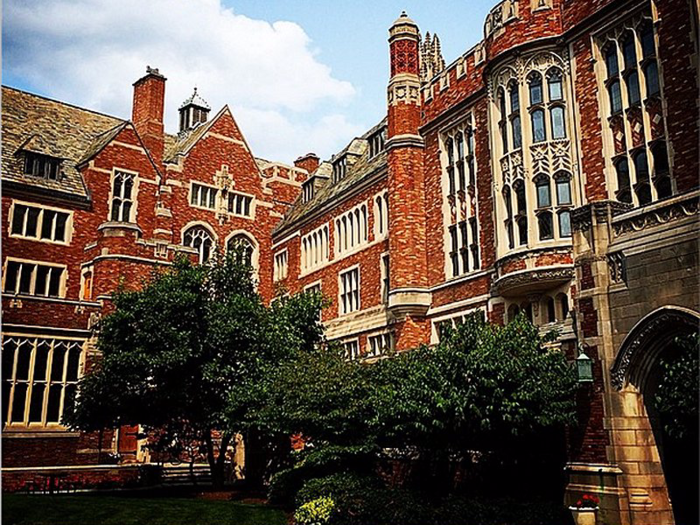The 25 best medical schools in America
25. University of Kansas Medical Center

24. Mayo Medical School
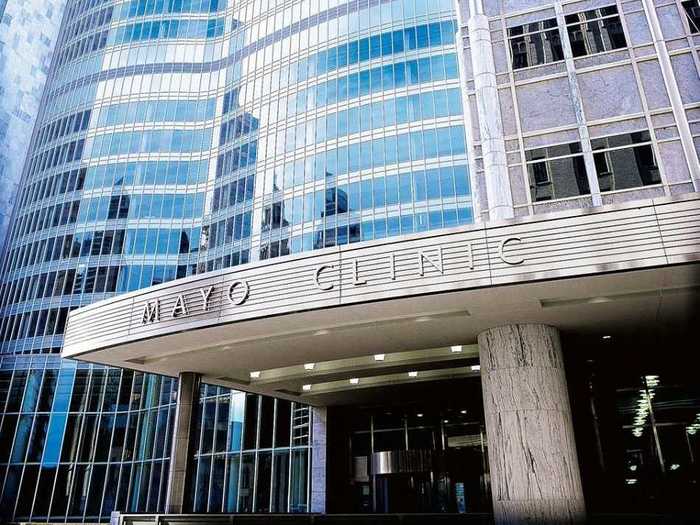
Average MCAT score: 33
Acceptance rate: 1.8%
Mayo Medical School is part of the famous Mayo Clinic in Rochester, Minnesota. Small class sizes and an emphasis on patient well-being in all areas of practice make Mayo graduates some of the best-trained medical professionals. After med school, 98% of Mayo grads report matching with one of their top residency program choices.
23. Boston University
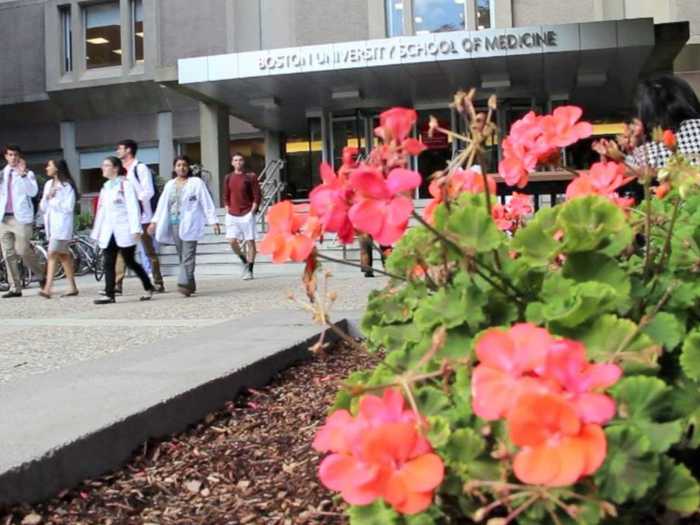
Average MCAT score: 34
Acceptance rate: 2.9%
When Boston University School of Medicine began it was the first medical school to admit women. The class of 2014 matched to top residency programs, including the UC San Francisco Medical Center and Beth Israel Deaconess Medical Center. About 37% of 2014 graduates matched in primary-care specialties.
22. University of Pittsburgh
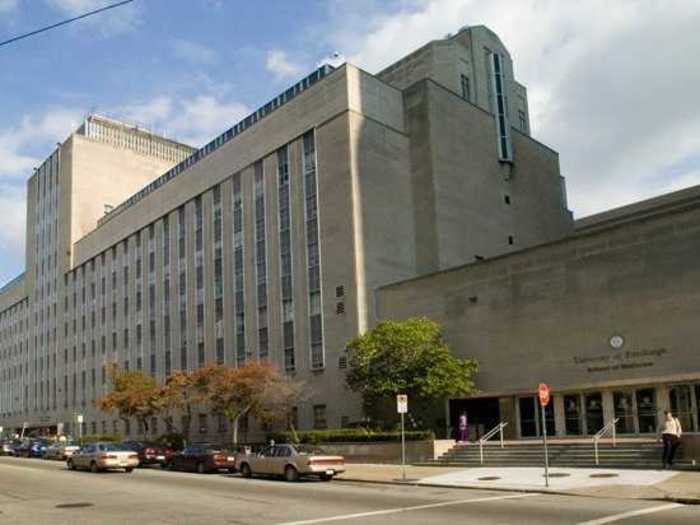
Average MCAT score: 36
Acceptance rate: 7.5%
Pitt's School of Medicine is known as much for its research opportunities as for its primary-care program — it ranked No. 17 in research, according to U.S. News & World Report. Students tend to be young, with an average age of 24. Over 34% of the class of 2014 matched in primary-care specialties, including family medicine, internal medicine, and pediatrics.
21. Case Western Reserve University
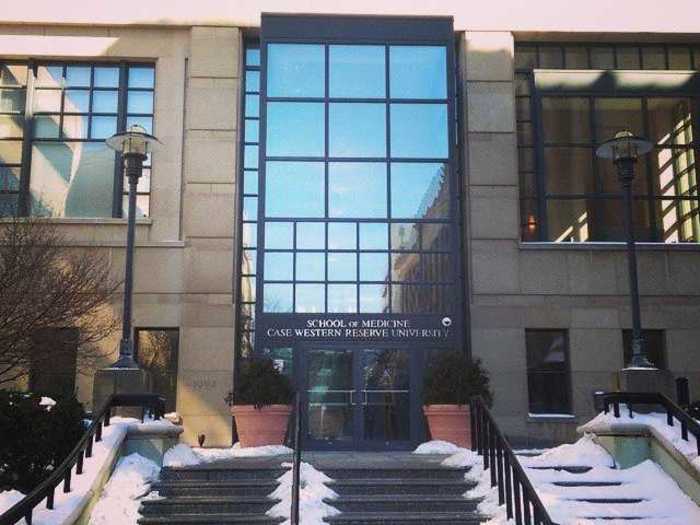
Average MCAT score: 36
Acceptance rate: 8.9%
Case Western Reserve University, in Cleveland, Ohio, is No. 12 in the country for family medicine and No. 14 for pediatrics. Well trained, the graduates from Case Western have a 97% pass rate in the first phase of the US Medical Licensing Exam. An impressive 43% of the class of 2014 went to primary-care residencies, including obstetric and gynecology programs.
20. Brown University (Alpert)
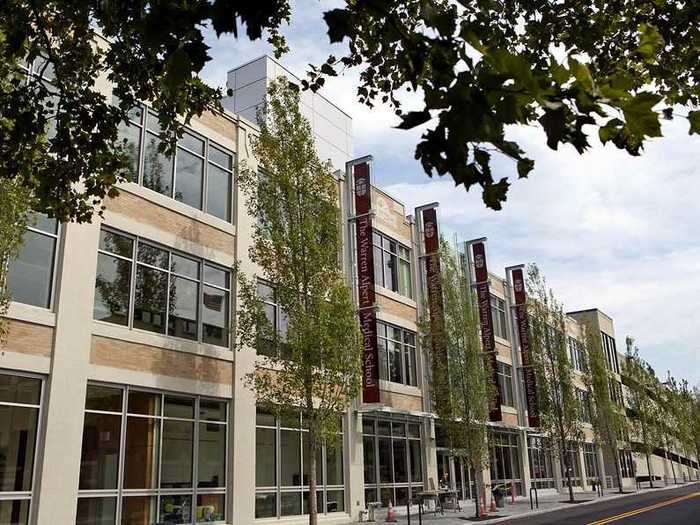
Average MCAT score: 32
Acceptance rate: 2.9%
Alpert Medical School at Brown University is affiliated with a number of teaching hospitals, so students get hands-on experience with patients, procedures, and equipment at this highly selective Providence, Rhode Island, school. A number of graduates also match with Alpert-affiliated hospitals to do their residency programs, while others scoot off to places like Johns Hopkins Hospital, Mount Sinai, and Mass General.
"Brown has a strong family medicine residency and prioritizes primary care in the preclinical and clinical years," says Dr. Karen Browning, a panelist affiliated with Brown University.
19. University of Massachusetts at ?Worcester
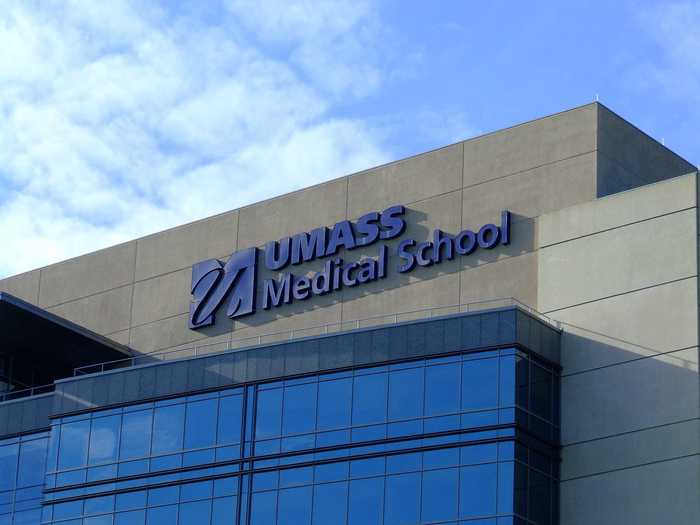
Average MCAT score: 33
Acceptance rate: 15.9%
Students at the University of Massachusetts Medical School in Worcester have the option of pursuing an MD or a dual MD/Ph.D. degree. It's a relatively young school whose first graduating class received their diplomas in 1974, but it consistently ranks in the top 10% of medical schools nationwide for primary care. Sixty percent of the class of 2013 matched with their first-choice residency programs, compared to 50% for all US med school graduates.
18. Dartmouth College (Geisel)
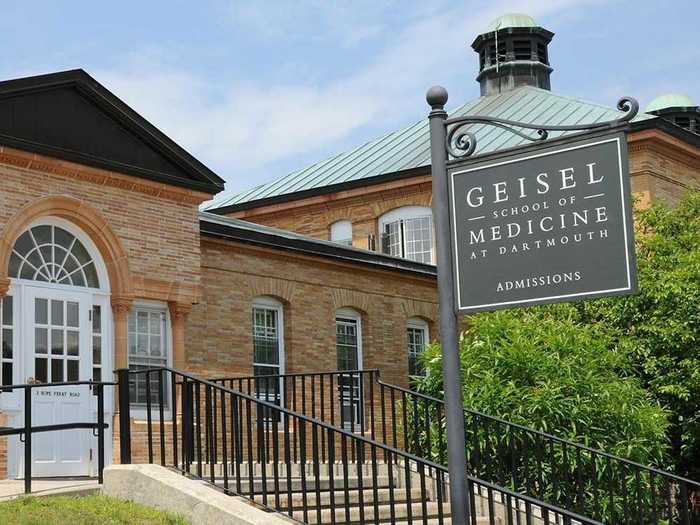
Average MCAT score: 33
Acceptance rate: 6.2%
Named for alumni Dr. Seuss, The Audrey and Theodor Geisel School of Medicine at Dartmouth has five guiding principles that it lives by to provide an A-class education to budding doctors. The Hanover, New Hampshire, school offers a number of fellowships and clerkships, in the US and abroad; the majority of graduates in the last four years have matched with Harvard- and Geisel-affiliated residency programs.
17. Duke University
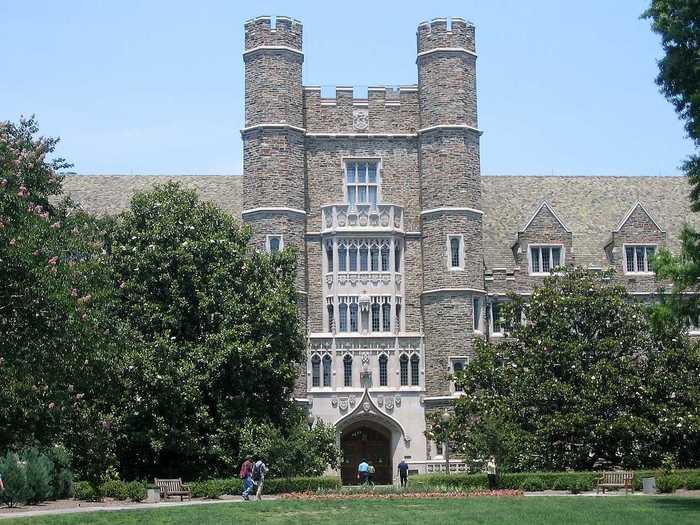
Average MCAT score: 35
Acceptance rate: 4.1%
Duke does a lot of outreach to address global health disparities through the Duke Global Health Institute. Duke medical students can go overseas with DGHI to complete a fellowship or a year abroad aiding the less fortunate with quality health care. Students at the Durham, North Carolina, school who complete the primary-care leadership track receive a scholarship of $10,000 a year.
16. Harvard University
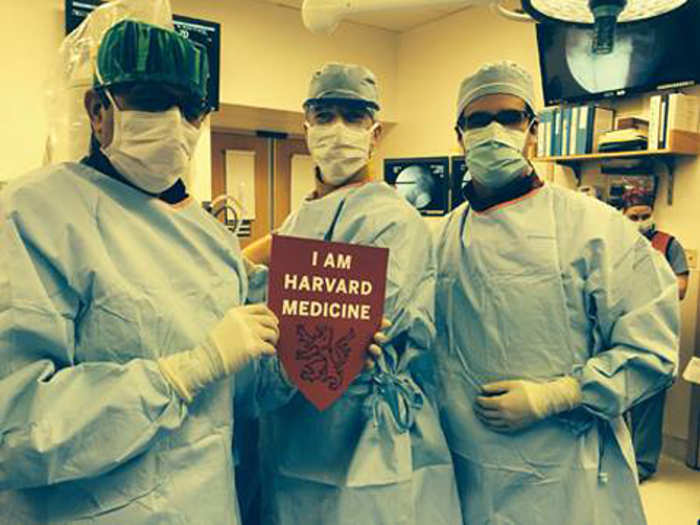
Average MCAT score: 36
Acceptance rate: 3.8%
Unlike its main campus, Harvard's medical school is in Boston rather than Cambridge, which gives students better access to Harvard-affiliated residency programs like Mass General and the Boston Children's Hospital.
Though Harvard is primarily recognized for its research programs, it still prepares students well for careers as primary-care physicians.
"Some schools specialize in [primary care] but the best academic medical schools do not," said Dr. David Holtzman, professor and chairman of the department of neurology at Washington University. "However, I still think the best academic medical schools produce the best primary care physicians as those that go into primary care from those schools tend to be the best students."
15. Yale University
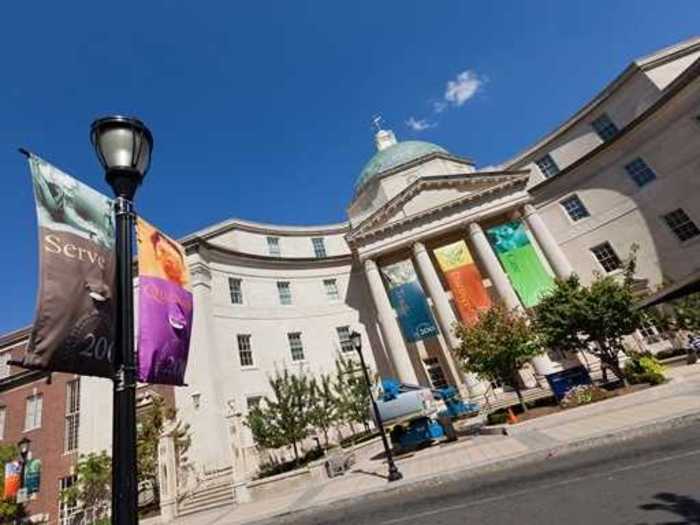
Average MCAT score: 37
Acceptance rate: 6%
Students at Yale School of Medicine in New Haven, Connecticut, can take the traditional MD route, or they can pursue dual degrees in business, law, public health, or divinity, to name a few. Last year, 98 graduating medical school students matched with about 45 of some of the top residency programs in the country, including Stanford University, Yale-New Haven Hospital, Brigham and Women's Hospital, and Children's Hospital of Philadelphia.
14. University of Utah
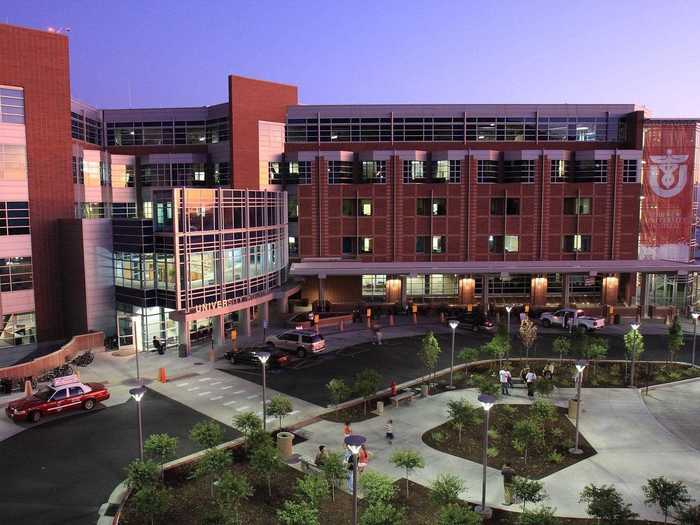
Average MCAT score: 30
Acceptance rate: 8.5%
The University of Utah School of Medicine in Salt Lake City, once called "the Johns Hopkins of the West" by Newsweek, gives students exposure to a wide variety of clinical and practical skills, from molecular biology to professionalism and ethics. About 37% of the class of 2014 matched into primary-care specialties on Match Day, with the most popular residency program track being internal medicine.
13. University of Minnesota
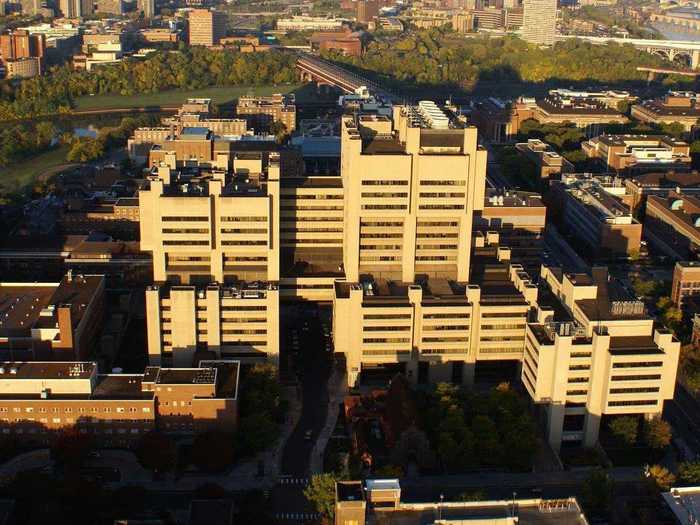
Average MCAT score: 33
Acceptance rate: 6.9%
The University of Minnesota Medical School, which has campuses in both Minneapolis and Duluth, educates nearly 70% of Minnesota's health professionals, with a strong focus on family practices and primary care. More and more U of M graduates match into primary care specialties for residency, with 52.4% of 2014 grads choosing the field, up from 46.7% of 2013 grads.
12. University of Michigan at ?Ann Arbor

Average MCAT score: 34
Acceptance rate: 6.7%
The University of Michigan Medical School, in Ann Arbor, gives students experience working with patients from the get-go with their Family Centered Experience program and student-run free clinic. Last year, about 38% of students matched in primary-care specialties and headed off to some of the best residency programs in the country, including University of Washington-affiliated hospitals and the University of California at San Francisco.
11. Johns Hopkins University

Average MCAT score: 35
Acceptance rate: 5.7%
In 2014, two primary care specialties — internal medicine and pediatrics — were among the top five programs that students at the Johns Hopkins School of Medicine matched into. The Baltimore-based school is also connected to top-ranked Johns Hopkins Hospital, and 34% of students matched with affiliated hospitals to complete their residencies.
"Johns Hopkins, which I know best, is developing a novel primary care track in the medical school," said panelist Dr. Roy Ziegelstein, vice dean for education at Johns Hopkins University School of Medicine. "This, coupled with existing primary care residency programs, is quite distinctive."
10. Columbia University
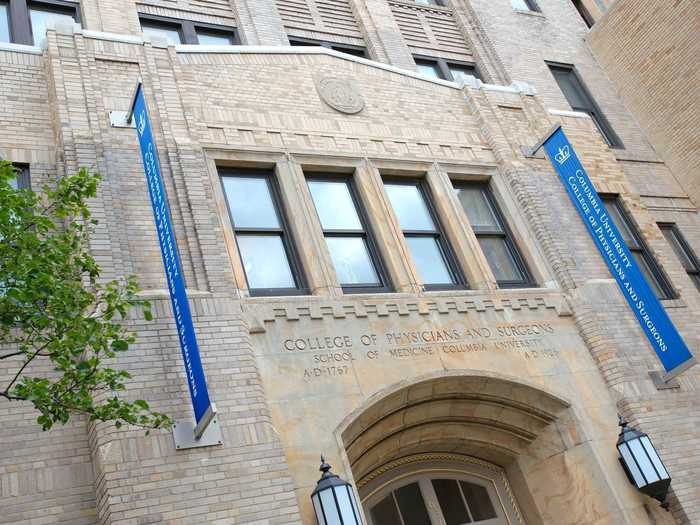
Average MCAT score: 36
Acceptance rate: 4.1%
Columbia University's College of Physicians and Surgeons offers several opportunities for students to learn from some of the best doctors in the country. During their fourth year, students participate in five-week clinical clerkships that give them hands-on experience in specific fields. For example, in the primary-care rotation, students diagnose and treat outpatients, manage chronic medical conditions, and work with doctors in family medicine, general medicine, and general pediatrics.
Columbia also has a rural primary-care track at the Bassett Medical Center in Cooperstown, New York, notes Dr. Allison Polland, a urology resident at Mt. Sinai Hospital. The Columbia-Bassett program gives aspiring doctors experience with the US healthcare system, and the opportunity to care for patients for an entire year.
9. Indiana University at Indianapolis

Average MCAT score: 31
Acceptance rate: 11.3%
Students at Indiana University's School of Medicine can participate in research opportunities starting the summer after their first year, and can specialize in over 25 departments, including family medicine, public health, and pediatrics. A strong 42% of 2014 graduates matched into primary-care specialties for their residencies.
8. University of Iowa (Carver)

Average MCAT score: 32
Acceptance rate: 8.4%
Medical students at the University of Iowa's Carver College of Medicine, in Iowa City, gain hands-on experience at the University of Iowa Hospitals and Clinics, one of the top-ranked hospitals in the country. In 2014, 40% of Carver graduates entered primary-care residency programs.
7. University of North Carolina at Chapel Hill

Average MCAT score: 32
Acceptance rate: 4.7%
The University of North Carolina School of Medicine came in at No. 2 on U.S. News' ranking of the top medical schools for primary care for 2015. So it's no surprise that in 2014 a whopping 53% of students from UNC matched with primary-care specialties for their residences.
6. University of Rochester
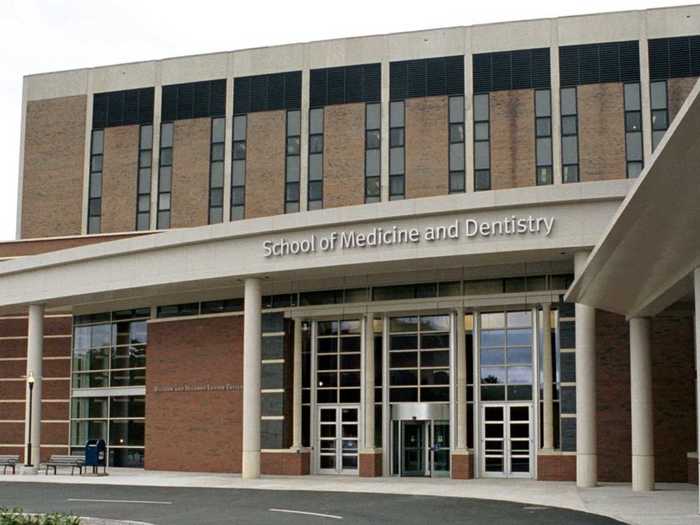
Average MCAT score: 33
Acceptance rate: 4.9%
Graduates of the University of Rochester School of Medicine and Dentistry match into top residency programs, with the most popular including programs affiliated with the University of Pennsylvania, Brown University, and Yale University over the past eight years. The Rochester, New York-based school also offers several joint degree programs, allowing students to simultaneously earn their MBA, MPH, or master's in medical neurobiology along with an MD.
5. Oregon Health and Science University

Average MCAT score: 32
Acceptance rate: 4%
Oregon Health and Science University's School of Medicine in Portland is the state's only academic health center and offers third-year students opportunities to complete clerkships across several specialties, including rural community health/primary care; obstetrics/gynecology; and internal medicine. If students later match into OHSU's residency program, they are able to move into a primary-care track at any time and work directly with outpatients.
4. University of Colorado at Denver
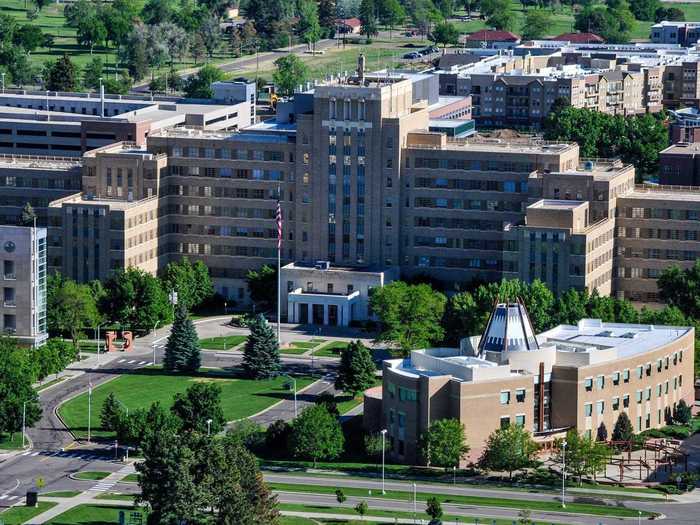
Average MCAT score: 32
Acceptance rate: 5.2%
Students at UC Denver's School of Medicine participate in three phases throughout their studies — essentials core, clinical core, and advanced studies — to gain a comprehensive understanding of medicine. The school's primary-care residency program, which focuses on internal medicine, was one of the first federally funded primary-care programs in the country and accepts just 12 residents a year.
3. University of Wisconsin at ?Madison
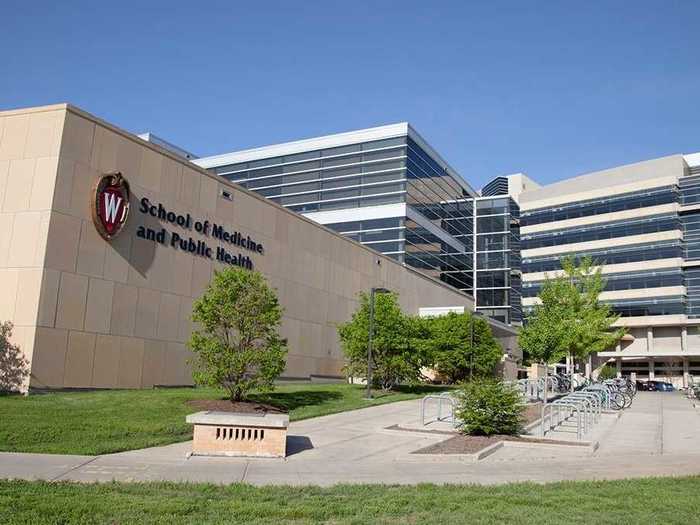
Average MCAT score: 32
Acceptance rate: 5.6%
The University of Wisconsin School of Medicine and Public Health is in Madison, but participates in a statewide campus program in which students complete internships in medical centers all over Wisconsin.
"U of Wisconsin has dedicated programs to training in rural and urban underserved populations, producing excellent primary care physicians," said Dr. Christine Seibert, a panelist from Wisconsin's School of Medicine and Public Health.
During their fourth year, med students complete a sub-internship in internal medicine during which they gain hands-on experience in primary-care through obtaining patient histories, performing physical exams, and taking responsibility for their own patients.
2. University of California at San Francisco

Average MCAT score: 35
Acceptance rate: 3.7%
At UCSF's School of Medicine, which occupies seven sites across San Francisco, strong academics start with an outstanding panel of faculty: The school counts four Nobel Prize winners, 41 National Academy of Sciences members, and 77 Institute of Medicine members among its ranks. The UCSF Medical Center continues to expand, and will open three new branches at Mission Bay this year, focusing on women, children, and cancer patients.
1. University of Washington
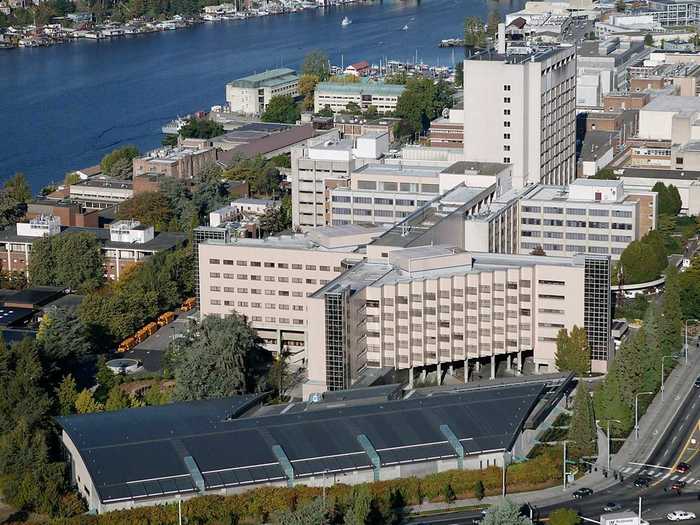
Average MCAT score: 31
Acceptance rate: 4.9%
UW School of Medicine places a strong emphasis on primary care, believing it creates a solid foundation for any career in medicine. And it shows: U.S. News also named UW the No. 1 medical school for primary care in 2015.
"University of Washington has a focus on primary care, especially in rural areas, and has several innovative programs to advance the mission," said panelist Dr. Michael J. Ryan, associate dean for curriculum at UW School of Medicine.
This structure also provides the state with top-notch primary care doctors. "Our return rates to our states is very high," Dr. Ryan said.
Though the main campus is in Seattle, the University of Washington School of Medicine is divided into six colleges throughout Washington and adjacent states to provide students with consistent faculty mentoring and support.
Popular Right Now
Popular Keywords
Advertisement
